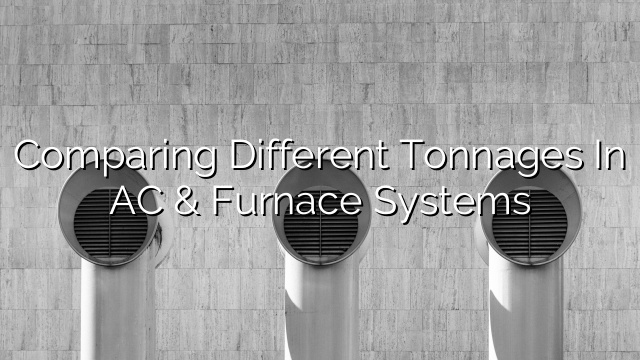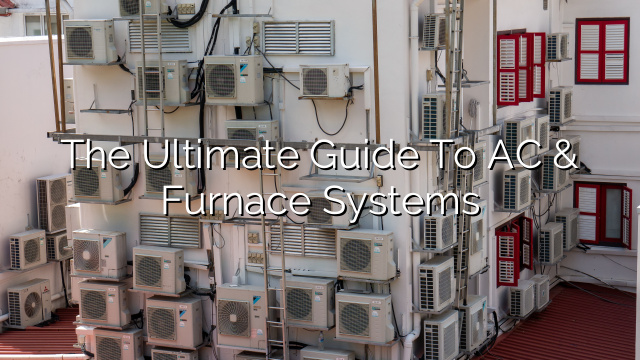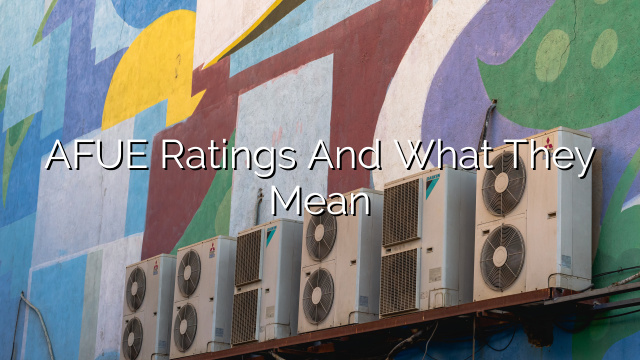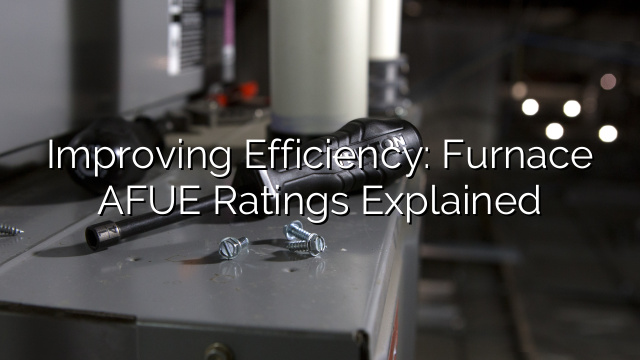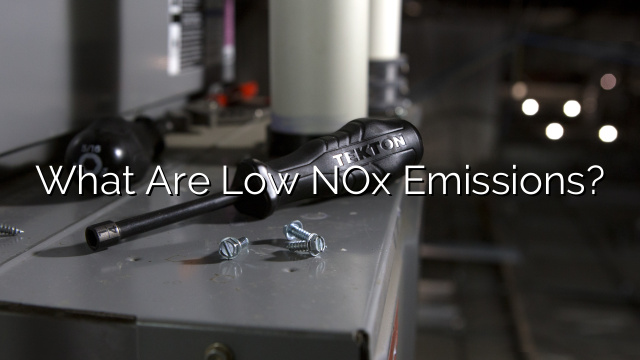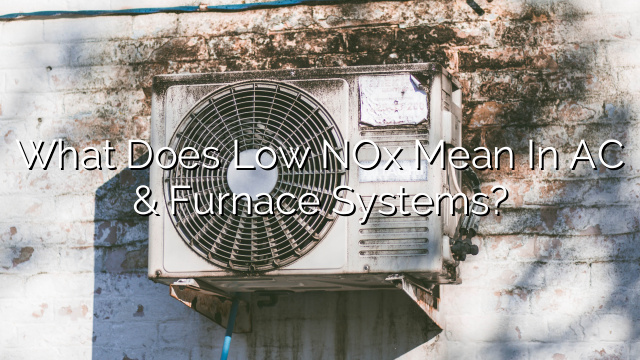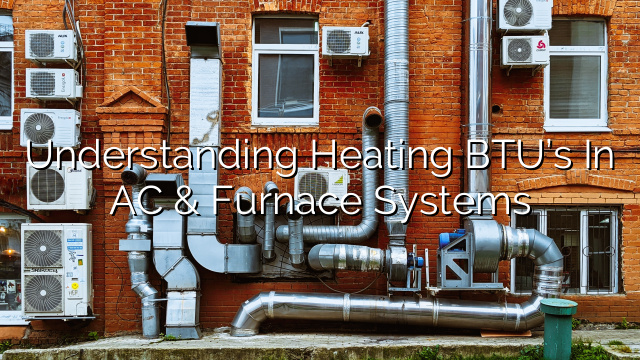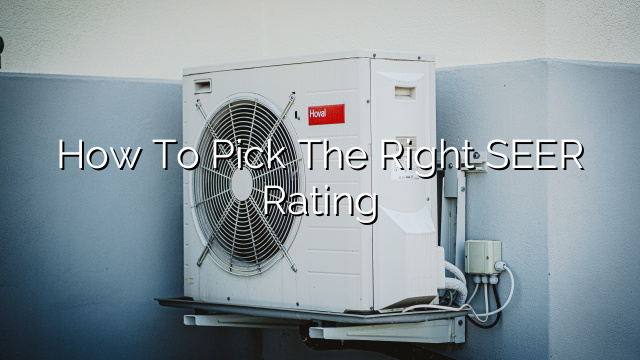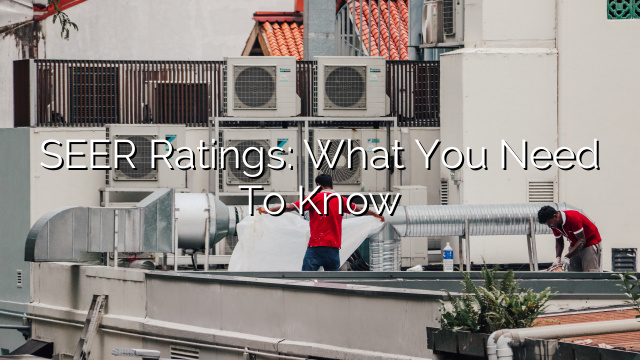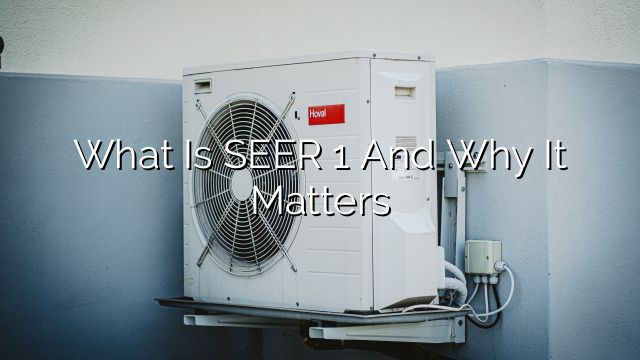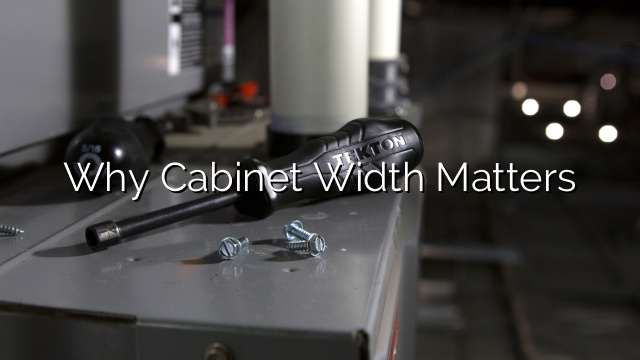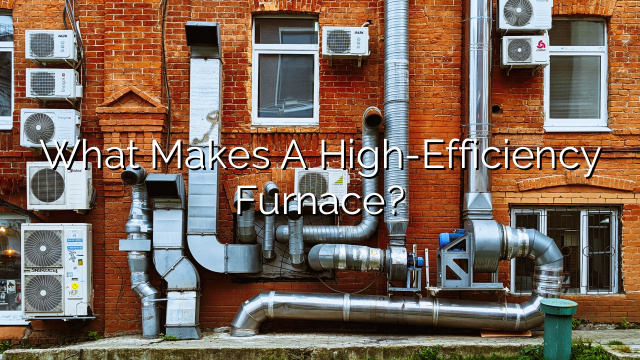Furnace Efficiency Explained
When it comes to heating your home, having an efficient furnace is essential. Furnace efficiency is measured by the Annual Fuel Utilization Efficiency (AFUE) rating, which indicates how much heat a furnace can produce from every unit of fuel consumed. The higher the AFUE rating, the more efficient the furnace is.
Maximizing Furnace Efficiency
If you want to maximize your furnace efficiency and save on energy costs, here are a few tips to consider:
- Upgrade to a High AFUE Furnace
- One of the most effective ways to maximize furnace efficiency is to upgrade to a high AFUE furnace. Older furnace models typically have AFUE ratings between 80% and 82%. However, modern high-efficiency furnaces can have AFUE ratings as high as 97%. By upgrading to a high AFUE furnace, you can significantly reduce your heating costs and energy consumption.
- Invest in an Energy-Efficient Air Conditioning System
- While your furnace plays a vital role in heating your home, the efficiency of your air conditioning system also affects your overall energy consumption. To maximize furnace efficiency, it’s important to invest in an energy-efficient air conditioning system that works hand in hand with your furnace. When the two systems complement each other, you can achieve optimal comfort while minimizing energy wastage.
- Perform Regular Maintenance
- Maintaining your furnace regularly is essential to keep it running at peak efficiency. Schedule annual furnace maintenance with a professional technician to ensure that the system is clean, well-lubricated, and operating efficiently. Regular maintenance can help prevent breakdowns, extend the lifespan of your furnace, and maximize its energy efficiency.
- Upgrade Your Thermostat
- Traditional thermostats can be inefficient in controlling the temperature in your home. Consider upgrading to a programmable or smart thermostat that allows you to set different temperature settings throughout the day. By programming your thermostat to lower the temperature when you’re away or asleep, you can reduce unnecessary energy consumption and maximize furnace efficiency.
- Improve Insulation
- Poor insulation can lead to significant heat loss, causing your furnace to work harder and consume more fuel. By improving the insulation in your home, you can minimize heat loss and ensure that your furnace operates efficiently. Insulate your attic, walls, and windows, and seal any air leaks to create a more energy-efficient home.
- Consider Zoning Systems
- If you have a larger home or multiple stories, zoning systems can help maximize furnace efficiency. By dividing your home into different heating zones, you can independently control the temperature in each area. This allows you to heat only the areas that are being used, reducing energy wastage and optimizing furnace efficiency.
Understanding the AFUE Rating
The AFUE rating is a standard measure used to compare the efficiency of different furnace models. It represents the percentage of heat produced by a furnace for every unit of fuel consumed. For example, a furnace with an AFUE rating of 80% means that 80% of the fuel is converted into heat, while the remaining 20% is lost through combustion gases and other forms of energy loss.
More efficient furnaces have higher AFUE ratings. High-efficiency furnaces, with AFUE ratings between 90% and 97%, extract more heat from the same amount of fuel, resulting in lower energy consumption and reduced heating costs.
Benefits of High AFUE Furnaces
There are several benefits to investing in a high AFUE furnace:
- Lower Energy Bills: High AFUE furnaces consume less fuel, resulting in lower energy bills and long-term savings.
- Reduced Environmental Impact: By maximizing furnace efficiency, you can minimize your carbon footprint and contribute to a greener environment.
- Improved Comfort: High AFUE furnaces provide more consistent heat, ensuring optimal comfort throughout your home.
- Longer Lifespan: High-quality, high-efficiency furnaces tend to have longer lifespans, reducing the need for frequent replacements.
- Increased Home Value: Installing a high AFUE furnace can increase the value of your home, making it more attractive to potential buyers.
FAQs
Q: Can I install a high AFUE furnace myself?
A: It is highly recommended to hire a professional HVAC technician to install a high AFUE furnace. Proper installation ensures optimal performance and safety.
Q: How often should I change the furnace filter?
A: It is generally recommended to change the furnace filter every 1 to 3 months, depending on the type of filter and the level of dust and debris in your home.
Q: Can I improve furnace efficiency without replacing the furnace?
A: Yes, you can improve furnace efficiency without replacing the furnace by following the tips mentioned earlier, such as upgrading your thermostat, improving insulation, and performing regular maintenance.
Q: How much can I save by upgrading to a high AFUE furnace?
A: The exact amount you can save depends on various factors, such as your current furnace’s efficiency, fuel prices, and your home’s heating needs. However, upgrading to a high AFUE furnace can lead to significant energy savings, often resulting in a return on investment within a few years.
Q: Are high AFUE furnaces more expensive?
A: High AFUE furnaces tend to have a higher upfront cost compared to lower AFUE models. However, the long-term energy savings and potential rebates or incentives can offset the initial investment.
Q: Does the AFUE rating include electricity consumption?
A: No, the AFUE rating only measures the efficiency of the furnace itself and does not include electricity consumption or other auxiliary energy use.
Q: Are there any rebates available for high AFUE furnaces?
A: Depending on your location, there may be rebates, incentives, or tax credits available for installing a high AFUE furnace. Check with your local utility company or government agencies for any available programs.
Q: What maintenance tasks should I perform regularly for my furnace?
A: Regular furnace maintenance tasks include changing the filter, cleaning the blower and heat exchanger, checking for gas leaks, lubricating moving parts, and inspecting the ignition system. It is recommended to schedule professional furnace maintenance once a year.
Q: How long do high AFUE furnaces typically last?
A: High-quality, well-maintained high AFUE furnaces can last between 15 and 20 years or even longer. The lifespan of a furnace can also depend on factors such as usage, maintenance, and environmental conditions.
Q: Can I install a high AFUE furnace in an older home?
A: Yes, a high AFUE furnace can be installed in an older home. However, it is important to have a professional HVAC technician assess your home’s heating needs and recommend the appropriate size and type of furnace for your specific requirements.


